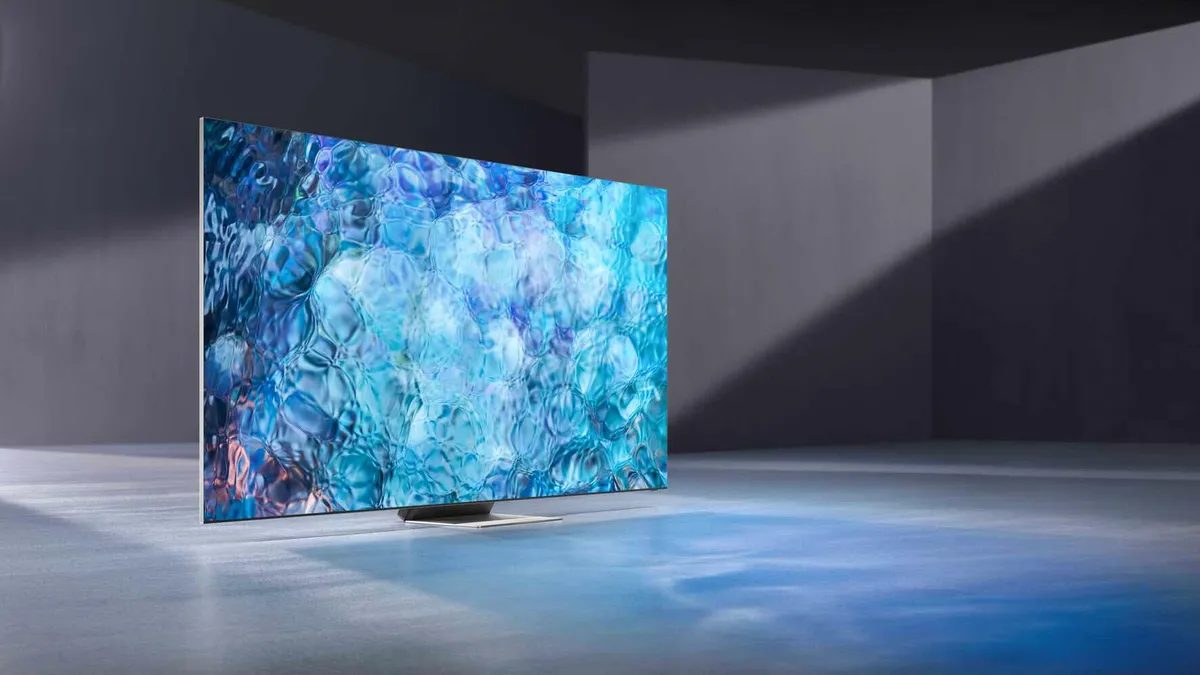OLED and LED-LCD technology are some of the popular words in the world. These are the types of displays. Such displays are used in monitors, TVs, mobile phones, and cameras.
The full form of LED is light-emitting diode. Such displays are quite common in the market. The full form of LCD is liquid crystal display. The full form of OLED is organic light-emitting diode used in expensive smartphones and TVs.

The difference between LCD and OLED
In short, LED-LCD illuminates the screen with backlit technology. OLED pixels are capable of producing their own light that would not be possible with LCD technology. The light of an OLED display is controlled according to the pixel ratio. LED-LCD uses other types of technology that do not match OLED.
LED-LCD lights are mounted on one side of the display. Light is propagated through red, blue and green light through matrix method.
Brightness
LED-LCD screen can be brighter than OLED. This is a big deal in the TV world, but more so for smartphones, which are often used outside and in bright sunlight. If the light of the surrounding environment is more, the brightness of the display should be more. Smartphones are often used in sunlight. If you want to watch videos in higher resolution, you need to have more light. The higher the brightness level, the greater the visual effect.
Contrast
Contrast ratio of 1000: 1 is used in LED-LCD monitors. That means white light is 1000 times brighter than black. In a dark environment, light can be seen on the side of the LED-LCD monitor. However, the pixels of the OLED display do not produce any light in the dark. The OLED display will be far ahead of the LED-LCD monitor for viewing pictures or videos in a dark environment.
Angular perspective
Viewing angles on LCDs are usually bad, but vary greatly depending on the display technology used. And there are lots of different types of LCD panels.
The angular distance performance of the OLED panel is great. You can enjoy videos from anywhere in the house. The display does not need to be along your face. It will also provide adequate lighting. LCD is far behind in this regard. You can’t easily enjoy it from anywhere in the house. Less expensive smartphones, laptops use TN panels which have the worst performance. However, the IPS panel of LCD is quite popular. The use of color and the performance based on the angular distance is quite good.
Color
The latest LCD screens can create nice natural-looking colors. However, it depends on the brand and the specific technology used.
Properly calibrated, the IPS dependent display provides beautiful color. On the other hand the color properties of TN dependent screens are not nice. The color was not vivid on the early OLED panels. However, at present this problem has been solved. LCD will be ahead in terms of brightness and color saturation.
Display manufacturers are trying their best to overcome and improve the various limitations of LCD, while OLED has become more affordable and popular. Currently Samsung’s OLED brand TVs are the most popular and they are currently the most popular are Samsung’s QLED brand TVs and they are using Quantum Dot technology.
Earlier it was said that LCD is doing better than OLED, but now it cannot be said for sure. LED-LCD has been around for a long time as it is cheaper. However, the price of OLED has started decreasing day by day. Pixels work perfectly in light and dark. The refresh rate is great and the processing power is commendable. The use of OLED in gaming devices is increasing a lot.
Whether you use LED or OLED panels depends on you. However both displays are the best in their place. Understanding your priorities and budget, you will decide which type of display to buy.
Leave a Reply